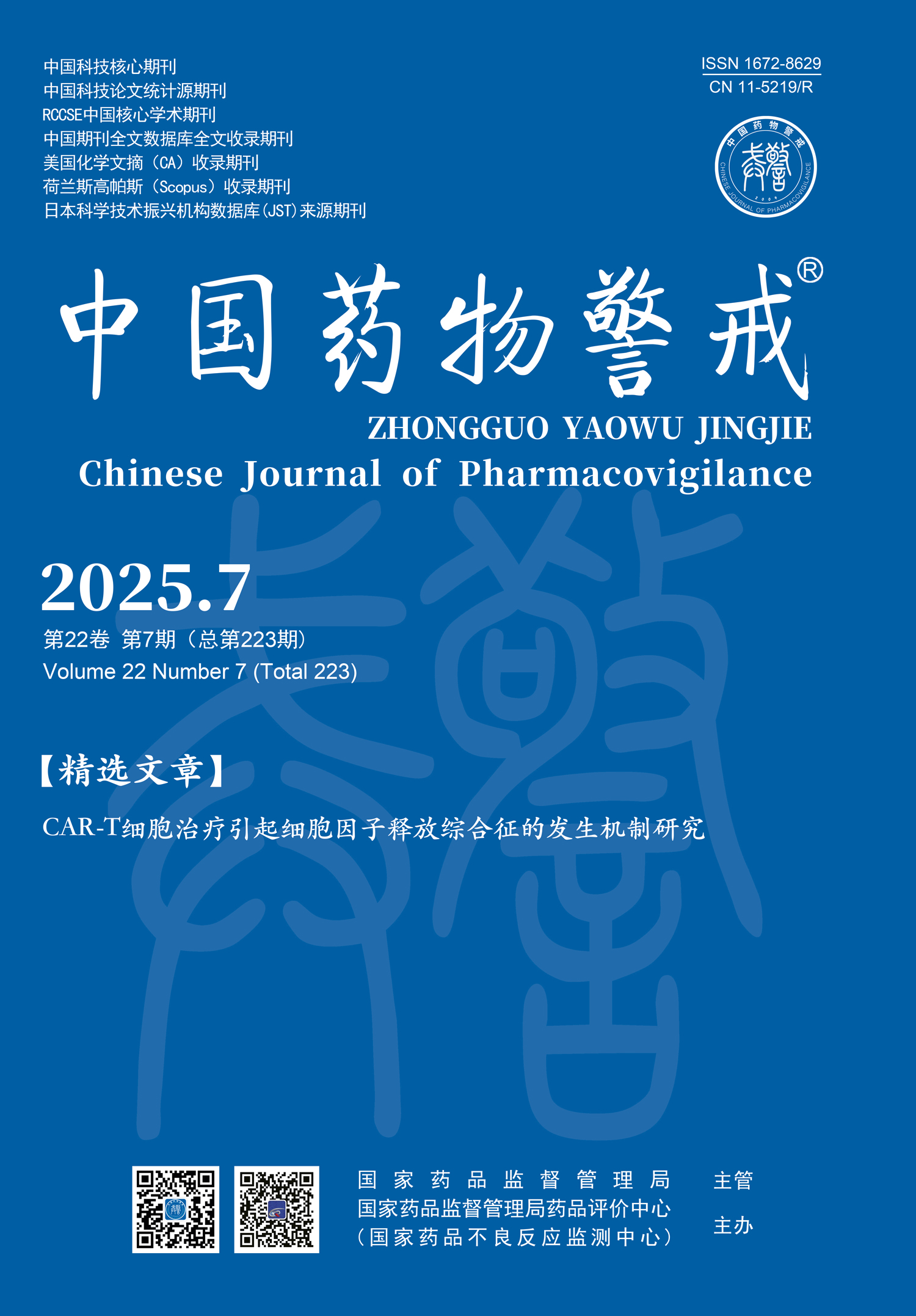|
|
Pharmacodynamic Evaluation of CAR-T Cell Products Based on Deep Learning Convolutional Neural Network Recognition
REN Yuke, QU Zhe, LAI Zixuan, ZHANG Di, ZHAO Yongtian, YANG Yanwei, LI Shuangxing, HUO Guitao, ZHOU Xiaobing, LIN Zhi, GENG Xingchao
2025, 22(7):
742-748.
DOI: 10.19803/j.1672-8629.20250257
Objective To establish an auxiliary diagnostic model for mouse liver lymphoma using deep learning (DL) technology in order to improve the accuracy and consistency of pathological diagnosis and facilitate the research and development of cell therapy products. Methods A total of 102 hepatic lymphoma tissues and 41 normal liver tissues were collected from mice used in chimeric antigen receptor (CAR) T-cell therapeutic and toxicological studies. After the tissues were scanned into digital slides, semi-automated data annotation was performed. To enhance the accuracy of annotation, all data underwent preprocessing (tissue extraction and artifact removal) and was randomly divided into training, validation, and test sets at a ratio of 8∶1∶1. Five convolutional neural networks-FCN, LR-ASPP, DeepLabv3+, U-Net, and DenseNet-were applied to identify tumor and non-tumor regions. The tumor prediction images based on slice images were compared, and the performance of the constructed algorithm models was evaluated using precision, recall, and the F1-score. Results The precision, recall, and F1-score of the DenseNet, DeepLabv3+, and FCN algorithms were all close to or exceeded 95%. Among them, the DenseNet algorithm model performed best in the test set, with an overall precision of 0.989 4, a recall of 0.990 6, and an F1- score of 0.990 0. Conclusion The DenseNet algorithm model established in this study has a good prospect of application in auxiliary diagnosis of mouse liver lymphoma, which can effectively improve the accuracy and consistency of assessment of tumor occurrence in studies on the efficacy and toxicology of CAR-T cell therapy products.
References |
Related Articles |
Metrics
|
